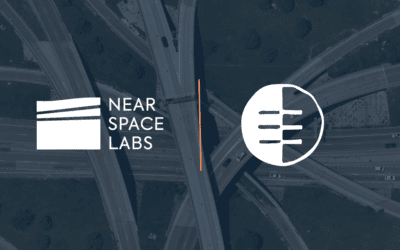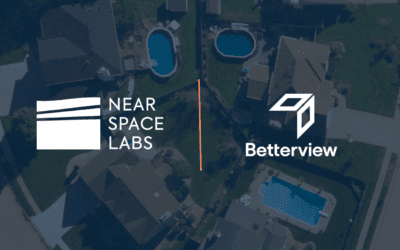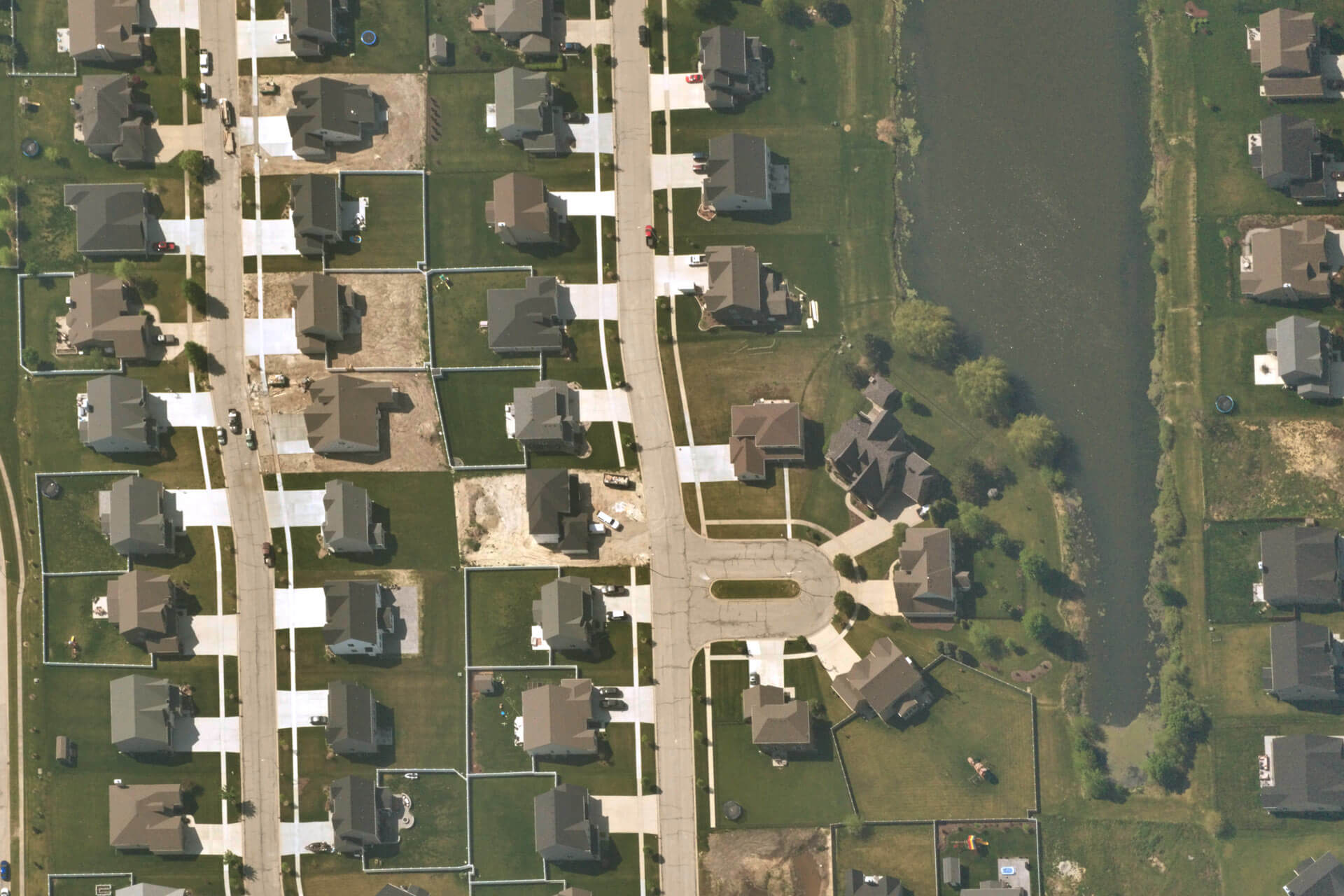Learn about the history of balloons, their many applications, and how they compare to other traditional earth observation methods
Near Space Labs specializes in designing, building, and operating stratospheric robots, powered by balloons, in order to capture high-resolution imagery and geospatial data of the planet.
As the largest commercial operator in the stratosphere, we’ve been asked to comment on a variety of questions about high-altitude balloons and their applications. We’ve compiled a list of frequently asked questions and their answers below. For any additional questions or for media inquiries, please reach out to pr@nearspacelabs.com.
Sections include:
- The History of Balloons and Their Environmental Impact
- The Stratosphere
- Technology Comparisons (Balloons, Airplanes, Satellites, Drones)
The History of Balloons and Their Environmental Impact
Q. Can you tell me about the history of balloons?
A. Balloons have a long and fascinating history that dates back several centuries. From the first ever hot air balloon launch in 1783, to being used for military reconnaissance during the American Civil War in the 19th century, balloons are nothing new.
In more recent times, balloons have been used for a wide range of purposes, including scientific research, weather observation, and telecommunications. High-altitude balloons have also been used for space exploration, including carrying scientific instruments and telescopes to study the Earth’s atmosphere and beyond.
Today, balloons continue to be a popular and versatile means of flight, and are used for everything from recreational activities to cutting-edge scientific research to earth observation (what we do at Near Space Labs).
Q. Are the use of balloons for observation and imagery a recent development?
A. Balloons have been around for a long time and there will continue to be more and more of them. The stratosphere provides a safe and exciting vantage point to travel and monitor the earth. The first observation balloon launched in 1794, and since then we’ve seen growing demand for a variety of commercial applications.
Q. Are there different sizes of balloons?
A. The size of high-altitude balloons (HABs) can vary widely depending on the specific application and payload requirements. However, as a general rule, HABs can be classified as either small or large based on their size and payload capacity.
Q. Why are balloons a better solution for the environment?
A. Unlike planes, satellites, and drones, balloons have lower emissions (zero-emissions to be exact), reduced waste, lower cost, increased flexibility, and reduced impact on wildlife.
The Stratosphere
Q. What is near space?
A. “Near space” is a casual way of talking about the stratosphere or mesosphere, the regions of the Earth’s atmosphere that lie between the top of the troposphere (the lowest layer of the atmosphere) and the bottom of the thermosphere (the uppermost layer of the atmosphere). This region is located approximately 20-100 kilometers (12-62 miles) above the Earth’s surface, and is characterized by its thin air, low temperature, and high radiation levels. Fun fact: conditions in the stratosphere are closer to Mars than Earth!
Q. What vehicles fly in the stratosphere?
A. Several types of vehicles can fly in the stratosphere, including high-altitude balloons, stratospheric aircraft, rockets, and high-altitude drones.
Q. How do balloons navigate in the stratosphere?
A. There are many methods for navigating in the stratosphere. At Near Space Labs, we use different wind patterns at various altitudes to navigate. By controlling the altitude of our balloon and pairing that with our altitude wind prediction model, we are able to accurately control the flight of our vehicles.
Q. What goes inside of these high altitude balloons?
A. Helium is the primary method that is commonly used to fill balloons used for near space exploration and research, such as those used by Near Space Labs. These lighter-than-air gasses are used to provide the necessary buoyancy to lift the balloon and any attached equipment to high altitudes, where they can carry out various scientific or commercial missions.
Q. Are balloons a risk to airplanes?
A. Balloons often have to travel though conventional airspace to reach the stratosphere. We work closely with the FAA and ATC and use transponders to ensure that airplanes can see us when we are flying.
Technology Comparisons (Balloons, Airplanes, Satellites, Drones)
Q. What are a few differences between balloons, satellites, airplanes, and drones for Earth Observation?
A. Balloons are typically unmanned, free-floating platforms that rely on wind patterns to carry them to their destination. They are generally low-cost, provide flexible capture capabilities, and have long endurance, which makes them suitable for applications that require detailed, frequent monitoring over a large area.
Satellites are unmanned, space-based platforms that are launched into space via rockets and placed into Earth’s orbit to capture information. They can provide global coverage at high frequencies, but are very expensive, have a limited lifespan, and lack the ability to provide high-resolution details due to their distance from Earth.
Airplanes are manned or unmanned platforms that fly at high altitudes to collect high-resolution data. They are typically expensive to operate, often leading to lower-frequency data. Airplanes also rarely cover rural/remote areas due to the cost associated with flying.
Drones are unmanned aerial vehicles that can capture ultra high-resolution data of specific locations. Their low flight altitude makes it challenging to scale over large areas; they often require a license to operate, making it difficult, if not impossible, to fly over highly populated urban areas.
Q. Can you tell me about Near Space Labs’ hardware flexibility?
A. Near Space Labs has designed its stratospheric balloons and other systems to be modular and adaptable to a variety of hardware configurations. We like to think of ourselves as the first ever flexible space tech.
__________________
For any additional questions or comments about balloon technology, please contact us below.




